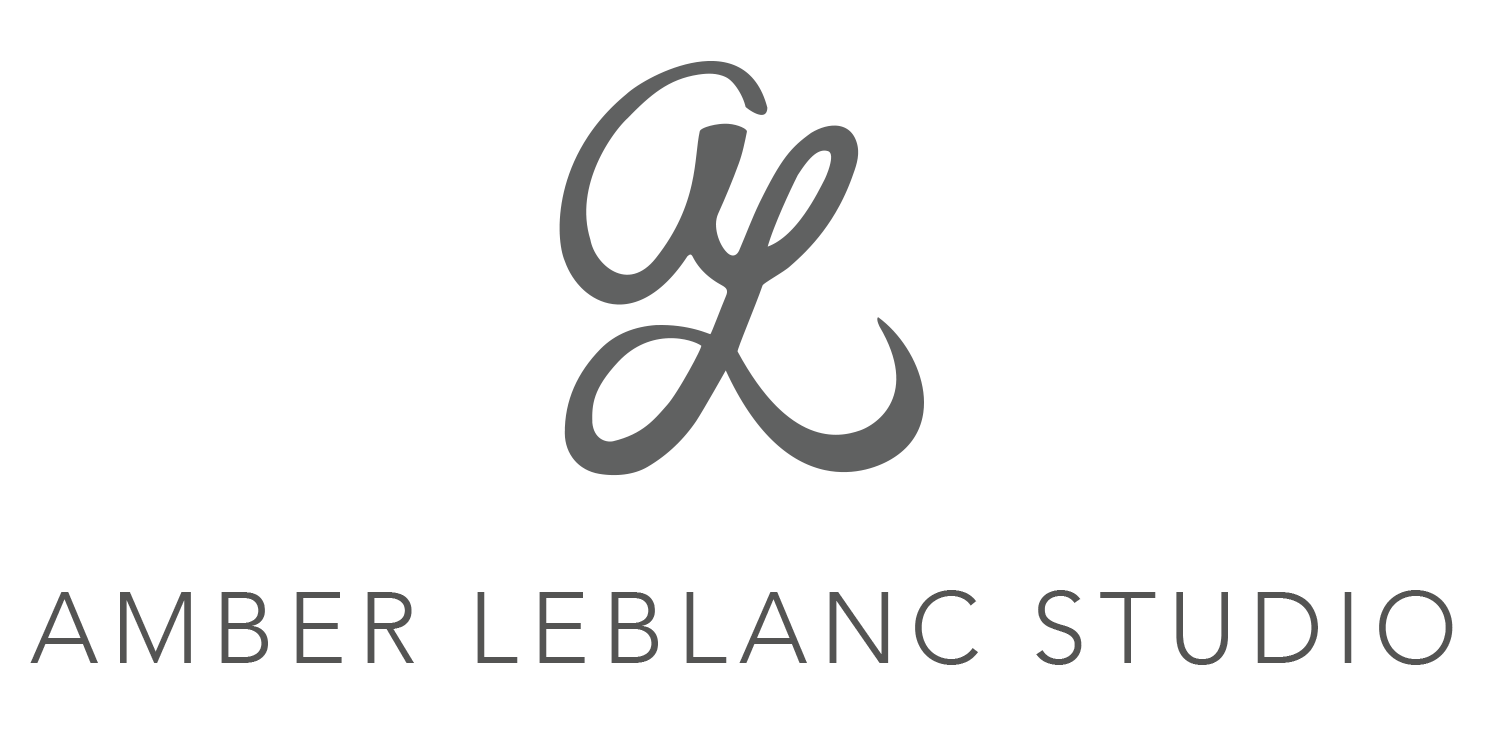How to Budget for Custom Wedding Stationery
When you’re planning your wedding, it can be hard to know where to start, especially when it comes to stationery. With so many printing options, embellishments, and artwork choices, couples often ask:
“How much should we budget for our wedding invitations?”
The truth is, your stationery is one of the most customizable parts of your wedding, and your budget can flex depending on your vision and priorities.
Let’s break it down step by step so you can plan confidently and intentionally!
1. UNDERSTAND WHAT’S INCLUDED IN A STATIONERY SUITE
A wedding stationery suite typically includes:
Invitation
RSVP card
Details or accommodations card
Envelope(s)
Optional embellishments — wax seals, ribbons, liners, vellum, etc.
Then there’s your day-of stationery, which might include menus, place cards, programs, or signage, all designed to match your invitation suite.
II. SET YOUR PRIORITIES FIRST
Before setting your number, think about what matters most to you:
Do you want custom watercolor artwork like your venue or florals?
Are you drawn to luxury printing methods like letterpress or foil?
Or do you prefer simple, elegant paper and classic design?
Deciding what you love most will help you allocate your budget where it has the most impact and where it aligns with your overall wedding aesthetic.
III. KNOW THE AVERAGE INVESTMENT
While prices vary based on design and quantity, most couples spend 6% of their total wedding budget on stationery.
Here’s a general guide:
-
$1,500-$3,000
Pre-designed template with your wording and colors customized
-
$6,000+
Watercolor artwork, venue illustration, multiple print methods, embellishments
-
$1,000-$3,000
Signage, Menus, Placecards, Escort Cards, Thank You Cards, Party Favors
Amber LeBlanc Studio requires a $3,000 minimum spending requirement, which can include save the dates, invitation suite and day-of paper.
IV. FACTOR IN PRINTING AND ASSEMBLY
Printing is one of the biggest cost variables. Here’s a quick breakdown:
Digital printing: Budget-friendly and great for color artwork
Letterpress: Elegant and tactile, requires special plates
Foil stamping: Adds metallic shine and depth, requires special plates
Blind embossing/debossing: Sophisticated and texture-rich, requires special plates
And don’t forget assembly time for envelope addressing, wax seals, and ribbon tying all add to the cost (and the artistry).
V. WORK WITH YOUR DESIGNER TO MAXIMIZE BUDGET
A great stationery designer will help you balance beauty with practicality.
They can suggest smart adjustments that maintain the aesthetic while keeping costs reasonable.
Some examples include:
Using digital printing for watercolor artwork, but letterpress for text
Simplifying the number of insert cards
Swapping real ribbon for printed ribbon designs
Choosing a smaller guest count print run
Collaborating early with your designer ensures that your budget reflects your priorities, not your compromises.
VI. WHY DIY ISN’T ALWAYS THE CHEAPEST
It’s tempting to cut costs by printing invitations yourself, but DIY often leads to hidden waste. Between paper misprints, color mismatches, and test runs, many couples end up spending more on materials (and stress) than if they’d worked with a professional.
A designer ensures accuracy, consistency, and quality, often saving you time, money, and reprints in the end.
VII. DON’T FORGET POSTAGE AND EXTRAS
Postage costs can add up, especially for heavier suites or hand-assembled designs.
Plan for:
Standard envelopes postage: $0.78+ per piece
Wax seals or ribbon embellishments: will require additional postage
RSVP envelopes (return postage included)
A good rule of thumb: budget $1–$2 per invitation for postage and mailing materials.
VIII. THE VALUE OF A PROFESSIONAL STATIONER
Beyond design and printing, a stationery designer is your wedding branding expert by curating fonts, colors, and motifs that tie every paper piece together.
From save the dates to menus and thank-you cards, your designer creates a cohesive visual language that tells your story beautifully.
When you think of stationery as your wedding’s brand identity, it becomes clear: this is an investment in the overall experience, not just the paper.
Your wedding stationery is one of the few pieces of your day that you’ll physically hold onto for years to come.
By understanding your priorities and partnering with an experienced designer, you can create something truly personal, without overspending or guessing.
Because at the end of the day, stationery isn’t just an expense, it’s an artful investment in your love story.



